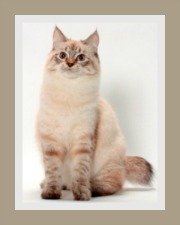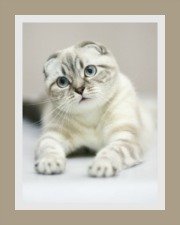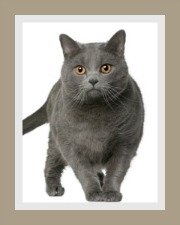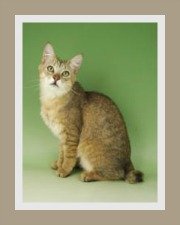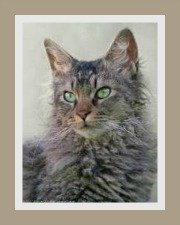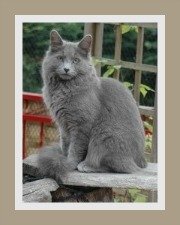Different Cat Breeds
Identifying Cats by Characteristics
We explore different cat breeds and how to identify and choose a cat based on its characteristics. As a start, felines are classified into wild and domestic cats.
We have tried to simplify the classification by grouping cats by unusual physical features or natural mutations (i.e. curled or folded ears, short tails and short legs).
Secondly, cat breeds can be grouped by coat length and type (i.e. shorthair, longhair, rexed or 'hairless' cats). Finally, we delve into the hybrid cats developed by man crossing wild cats to domestic cats.
short legged cats
Short legs in cats is due to a condition known as dwarfism. The cute Munchkin cat
is the original short-legged cat.
Dwarf cats, also known as miniature or small cat breeds have been created using the Munchkin as the foundation for development.
Teacup cats are a controversial subject which we discuss under a separate topic.
examples of dwarf cats
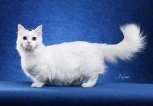 Napoleon |
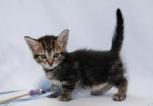 Munchkin |
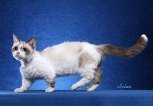 Lambkin |
hairless cats
When people think hairless cat, the first cat that comes to mind is the Canadian Sphynx. There are in fact a number of 'nude' cats which have originated in different parts of the world.
Breeders have also developed these cats using other breeds with distinguishing or unusual features.
We have dedicated pages on hairless cats which also includes an important page on their care.
examples of hairless cats
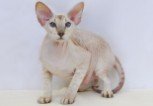 Peterbald |
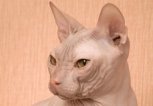 Don Sphynx |
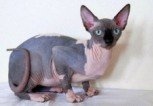 Canadian Sphynx |
hypoallergenic cats
There are a number of different cat breeds that are believed to cause fewer allergic responses in humans suffering from allergies.
The chapter on hypoallergenic cats, provides in depth information about what causes allergies to cats and how to reduce the incidence of allergies.
We also review the breeds that may have the propensity to cause reduced allergies.
examples of hypoallergenic cats
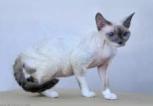 Devon Rex |
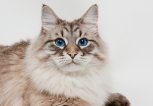 Siberian Forest Cat |
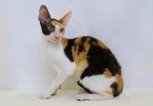 Cornish Rex |
rexed cat breeds
There are numerous rexed or curly-coated cats. The curls, kinks and waves are as a result of a natural mutation, (either from a dominant gene or a recessive gene).
Different mutations are responsible for wavy or bristly coats in cats.
The Devon and Cornish Rex both carry recessive genes which means that outcrosses produce straight-haired kittens.
The La Perm, Selkirk and American Wirehair curly and bristle
coats are caused by a dominant mutation.
examples of rex-coated cats
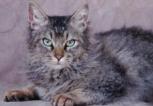 La Perm |
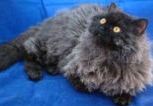 Selkirk Rex |
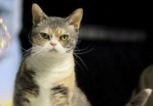 American Wirehair |
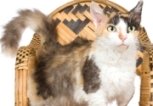 Skookum |
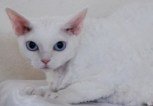 Devon Rex |
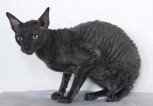 Cornish Rex |
short-tailed cats
Short-tails in cats is caused by a natural mutation. The gene that results in the short tail may be dominant or recessive.
In some breeds the tail may
be completely absent whilst in others it may be a couple of inches long.
examples of short-tailed cats
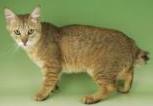 Pixie Bob |
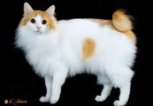 Japanese Bobtail |
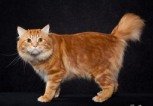 American Bobtail |
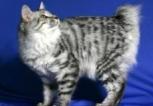 Kurilian Bobtail |
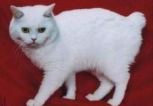 Manx |
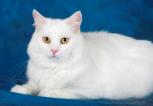 Cymric |
breeds with unusual ears
Unusual curled ears and lop or folded ears are caused by a natural mutation.
There are a couple of different cat breeds with unusual ears, some natural others 'created' by man.
examples of cats with unusual ears
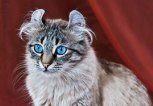 American Curl |
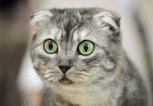 Scottish Fold |
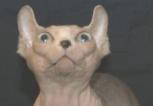 Dwelf Cat |
hybrid cat breeds
A hybrid is the offspring resulting from cross-breeding. Cat breeders have, over decades created hybrids crossing different cat breeds.
These hybrids can be created by crossing two different domestic cats or by crossing wild cats with domestic cats.
Whilst hybrids are man-made, free roaming domestic cats can and do under normal circumstances mate resulting in cross-breeds.
Domestic/wild cat matings are unlikely and are in most instances created by man.
Many countries and states do not recognize these 'wild' hybrids and in some instances impose restrictions and potential owners may require permits to keep them as pets.
Apart from the breeds featured below, other hybrid breeds include the Safari and the Genetta.
examples of hybrid cat breeds
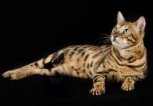 Bengal Cat |
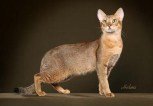 Chausie |
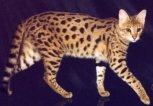 Savannah |
longhaired cat breeds
A recessive gene is responsible for the longhair trait in cats. Longhair cats have glorious coats, but they do require daily grooming.
Longhaired cat breeds are ideal for colder climates. Semi and longhaired breeds are very popular amongst cat lovers.
There are about 25 + semi-long and longhaired cat breeds. It's important to note that some shorthaired cats also come in a longhaired variety.
Below are images of a few longhaired cat cat breeds - to view the rest, visit our types of cats page.
examples of longhaired cats
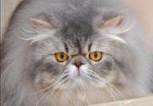 Persian Cat |
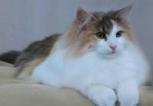 Norwegian Forest Cat |
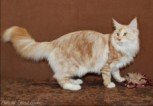 Maine Coon |
Related Pages:
Top of Different Cat Breeds Page
search our site
please like us
share our site
recommend on google
rare cats
